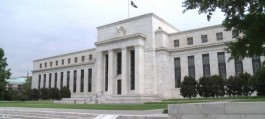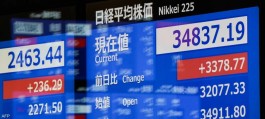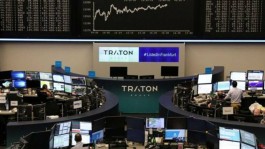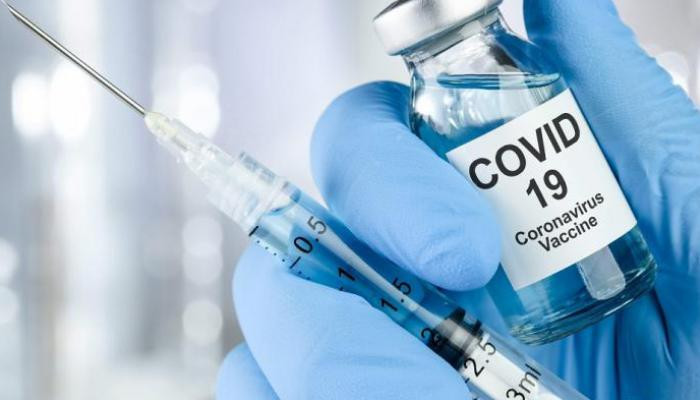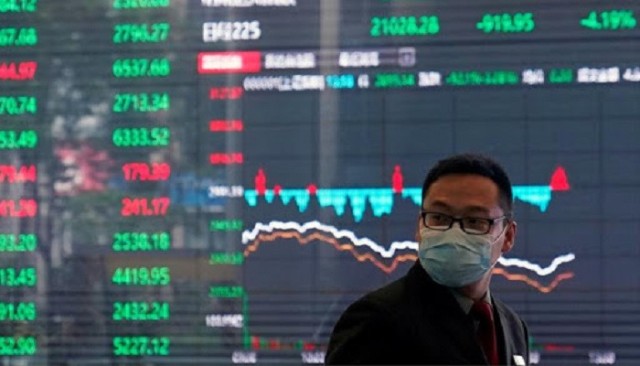A slowdown in the COVID-19 vaccination campaign over the next three years could result in a loss of $2.3 trillion in global GDP.
According to Arab Net, the study conducted by the Economist Intelligence Unit research center, countries that will have vaccinated less than 60% of their population by mid-2022 will register During the period 2022-2025, a total loss in GDP of $2.3 trillion, which is equivalent to the annual GDP of a major country such as France.
The study pointed out that two-thirds of these losses will be incurred by emerging economies, which will lead to a delay in their economic catch-up with more advanced countries, increase poverty and risk social unrest in them.
According to the study, during the period 2022-2025 sub-Saharan African countries will lose 2.9% of their GDP, due to the slow pace of their vaccination campaigns, compared to previous expectations, compared to a loss Only 0.1% of GDP will be incurred by Eastern European countries.
In terms of size, the study predicted that the Asia-Pacific region would be hardest hit by slow vaccination campaigns, losing $1.7 trillion in gross domestic product during 2022. -2025.
Also, inequality in access to vaccines will in turn delay the economic recovery of poor countries, which will take much longer than rich countries to return to pre-pandemic levels.
By the end of August, about 60% of the population of the world's richest countries had received at least one dose of a COVID-19 vaccine, compared to 1 Only % of the population of poor countries, according to this study.
There is little chance that the gap in access to vaccines will be closed because despite the deceptive press releases, said Agathe Demareh, director of global prospects at the think tank and author of the study. Donations from rich countries cover only a small part of the needs.
She added that the international Kovacs initiative to ensure that poor countries have equitable access to COVID-19 vaccines has failed, despite its already modest expectations.
The study was conducted in nearly 200 countries by reviewing schedules of upcoming vaccination campaigns and projections of changes in GDP.


















